Gardeners know how valuable every hour of sowing is in the spring, and how troublesome spring days fall. To facilitate the work, winter crops of vegetables and greens will allow, which have many advantages.
Experienced summer residents rationally approach the distribution of their time, successfully sowing in the fall many vegetable crops. But such a sowing has its own peculiarities, and it is necessary to first study the theory, and then proceed to practical matters.
Content
- 1 What is winter sowing
- 2 The advantages of the method of sowing in the winter
- 3 Winter crops
- 3.1 Dill
- 3.2 Parsley
- 3.3 Salad
- 3.4 Coriander (cilantro)
- 3.5 Watercress
- 3.6 Leaf (salad) mustard
- 3.7 Spinach
- 3.8 Carrot
- 3.9 Beet
- 3.10 Turnip
- 3.11 Celery
- 3.12 Horseradish
- 3.13 Leek
- 3.14 Onion set and nigella
- 3.15 Onion
- 3.16 Multi-tiered onions
- 3.17 Garlic
- 3.18 Radish
- 3.19 Parsnip
- 3.20 Fennel
- 3.21 Sorrel
- 3.22 Potatoes
- 3.23 Cabbage
- 4 How to sow vegetables before winter
- 5 Features of winter sowing
- 6 Reviews
- 7 Conclusion
What is winter sowing
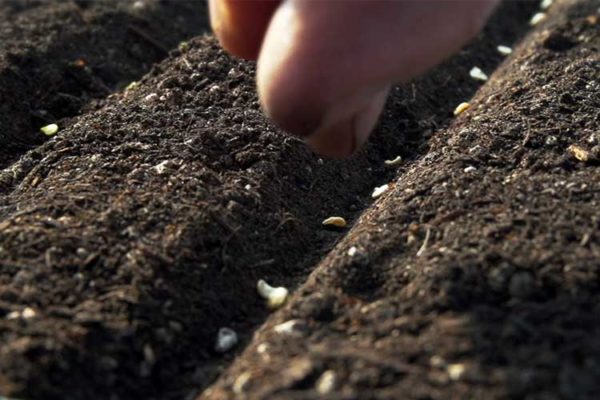 The explanation of the term lies in the name itself - a way when the seeds are sown not in spring, but in late autumn, before winter. To do this, they select the places vacated after harvesting vegetables on the site, prepare the seed material of certain crops.
The explanation of the term lies in the name itself - a way when the seeds are sown not in spring, but in late autumn, before winter. To do this, they select the places vacated after harvesting vegetables on the site, prepare the seed material of certain crops.
With traditional spring crops, the descent and melting of snow and soil warming are expected. All this slows down the appearance of the first shoots. Thanks to winter sowing of vegetables, early seedlings and crops are obtained.
The advantages of the method of sowing in the winter
Those gardeners who have already experienced this option on the site, note the many advantages of winter sowing and planting:
- time saving (part of the cultures in the spring already "sits" in the ground safely);
- getting an early (2-3 weeks) harvest;
- plants undergo winter hardening under the snow, grow strong, hardy, healthy;
- sprouts of seeds sown in the autumn sometimes spring amicably;
- Having removed vegetables earlier, the bed is used for summer crops.
Difficulties also arise, for example, during the vagaries of the weather, when suddenly frosts come earlier, it rains for a long time. When the winter cold is prolonged, the seedlings slow down the plant germination, development is inhibited. But there are much more “pluses”, and the accumulated experience and consideration of all factors will allow avoiding problems.
Winter crops
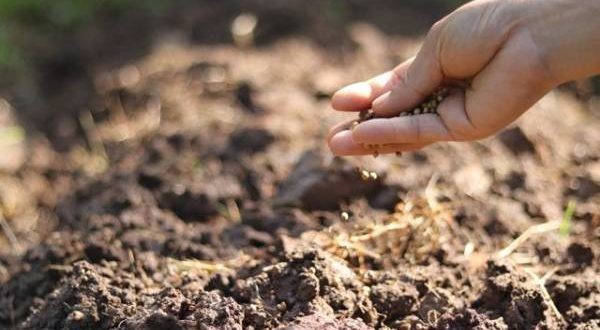 In autumn, only precocious, cold-resistant crops are sown. This is due to the fact that in some vegetables, a decrease in temperature causes bloom in the future, the appearance of arrows. This reduces the quality of the fruit, yield indicators. They also take into account that not all varieties of even cold-resistant vegetables are suitable for winter sowing.
In autumn, only precocious, cold-resistant crops are sown. This is due to the fact that in some vegetables, a decrease in temperature causes bloom in the future, the appearance of arrows. This reduces the quality of the fruit, yield indicators. They also take into account that not all varieties of even cold-resistant vegetables are suitable for winter sowing.
Dill
In parsley and dill, different varieties are suitable for sowing before winter. Take into account that dill sprouts already at + 2ºC, therefore, they are not in a hurry to sow the culture, waiting for the establishment of a stable cooling.
In the spring, by May 15-20, dill is ready for cutting. Suitable varieties:
- Aurora;
- Grenadier;
- Dealer;
- Esta.
Sow dill in rows, planting dry seeds to a depth of 3 cm.
Parsley
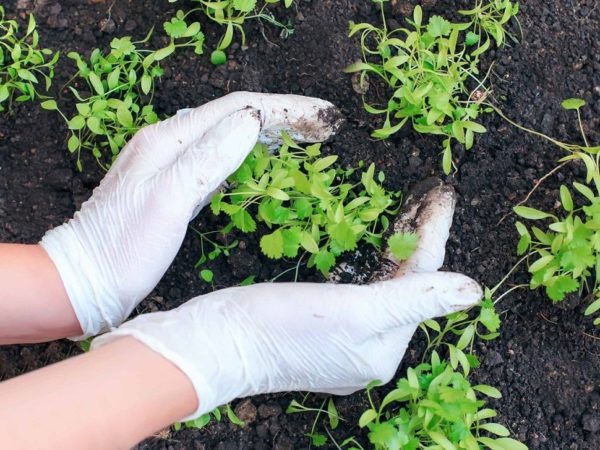 Sowing parsley in the winter is beneficial on all counts, as it allows you to get friendly seedlings, early greens. Spring crops always sprout slowly and hard, as a result a lot of time is lost.
Sowing parsley in the winter is beneficial on all counts, as it allows you to get friendly seedlings, early greens. Spring crops always sprout slowly and hard, as a result a lot of time is lost.
Sown leaf and root varieties. Particularly successful crops of large-leaved species:
- Station wagon;
- Aster;
- Breeze;
- Kucheryavets.
Of the root varieties, Sugar is suitable.
Salad
With a temperature reading of + 2ºC ... -2ºC it's time sow salad. The norm is 0.8 grams per square meter. It is advisable to plant in the soil no deeper than 2 cm.
Varieties:
- Rhapsody;
- Oak;
- Vitamin
- Gourmet;
- Festival.
By May Day, with proper care, the first greens will appear on the table.
Coriander (cilantro)
In this culture, the sowing dates are late, since the seeds are not afraid of cooling to -10ºC. Sow coriander Stimulus, Debut, Taiga, Borodinsky and others.
Watercress
 Culture differs instant germination and rapid growth. Before winter, watercress is sown only when the cold comes.
Culture differs instant germination and rapid growth. Before winter, watercress is sown only when the cold comes.
Seeds are sown in the soil no deeper than 1.5 cm. Varieties:
- Narrow-leaved;
- Curly.
Leaf (salad) mustard
As soon as the first light frosts come, it is time to plant mustard salad. The varieties Zelenolistnaya, Krasnolistnaya are suitable. For 1 square meter, the norm is 2.5 grams.
Spinach
Useful green culture is sown in the fall twice:
- at the end of September, to obtain a rosette of leaves;
- during the onset of frost (end of November).
In the first case, the spinach will have leaves, they will successfully winter and already in the spring they will quickly begin to grow. In the second case, the seeds will germinate in the spring, and will give the first early greens in May. Suitable varieties:
- Station wagon;
- Juliana;
- Progress;
- Guarantor.
Carrot
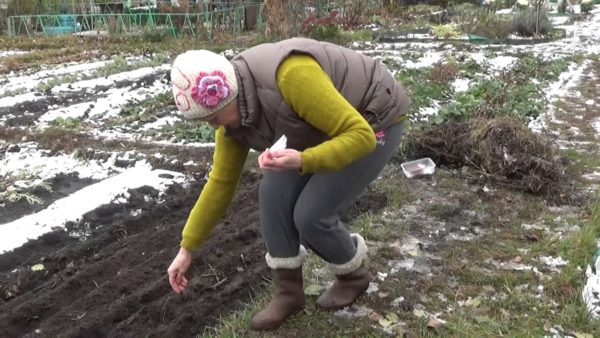 Winter sowing of carrots is possible at a temperature of + 2 ... + 5 ° C. Close up seeds to a depth of 4 cm.
Winter sowing of carrots is possible at a temperature of + 2 ... + 5 ° C. Close up seeds to a depth of 4 cm.
Varieties:
- Supernant;
- Artek;
- Canning;
- Alenka.
Carrot is ready for harvesting in early or mid-June.
Beet
Waiting for the onset of steady cooling and only then sow beets.Temperature: from minus 2 to minus 5 degrees Celsius.
Only varieties that do not shoot and are resistant to low temperatures are suitable:
- Red ball;
- Bordeaux;
- Darren;
- Thekla;
- Cold resistant 19.
Root crops for soups and salads are beginning to be excavated from the end of May.
Turnip
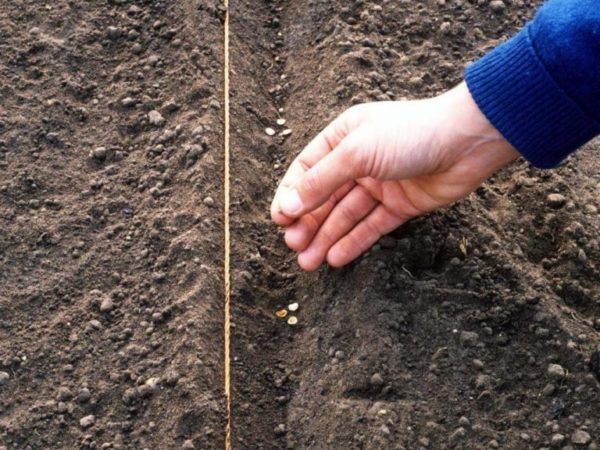 Sowing turnips during the winter will save the culture in the spring from the invasion of a dangerous cruciferous flea. Shoots appear early, pests have not yet begun flying, so yields are higher and better.
Sowing turnips during the winter will save the culture in the spring from the invasion of a dangerous cruciferous flea. Shoots appear early, pests have not yet begun flying, so yields are higher and better.
Varieties:
- White Night;
- Atlantic
- Primer.
Celery
For autumn planting, leaf celery (Yablovsky) is recommended, although practice shows that root varieties also give good yields. Sowing peculiarity: high density, since with thickened plantings the crop rises better.
Horseradish
Usually summer residents propagate horseradish vegetatively. But if there is a need to sow seeds, the autumn period is recommended. Sown in rows, varieties:
- Latvian;
- Rostov.
Leek
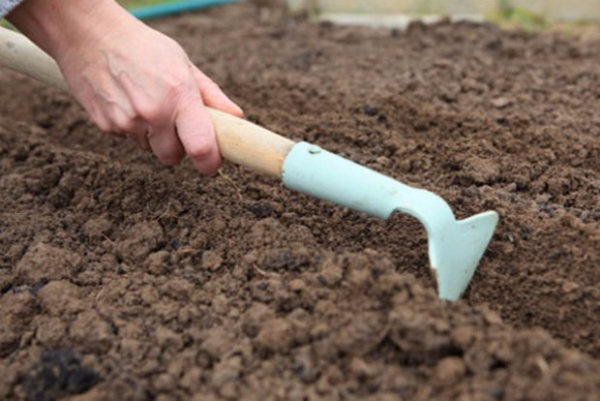 Heat-loving leeks are suitable for planting in autumn only in the southern regions. In the middle lane and to the north, traditional dates in spring are recommended.
Heat-loving leeks are suitable for planting in autumn only in the southern regions. In the middle lane and to the north, traditional dates in spring are recommended.
Varieties:
- Winner;
- Columbus
Onion set and nigella
The winter sowing of onion and chernushka onions is popular among summer residents. With such plantings, less trouble in spring and summer, since they are little affected by pests, give early harvests.
Observe planting patterns, given the size of the onion fractions. Sevc close up to 4 cm in the soil, nigella - up to 2 cm.
Varieties:
- Shakespeare;
- Myachkovsky 300;
- Radar;
- Odintsovo;
- Mouzon.
In mid-May, a feather is already being cut from the bow, and by July a turnip will be on its way.
Onion
Even inexperienced summer residents are able to grow a crop of onion bat if you sow seeds in the winter. Minimum trouble, and already in the spring on the beds, the culture will please with early greens.
Varieties:
- April 12;
- Gribovsky 21;
- Salad 35;
- May.
Multi-tiered onions
Another representative of frost-resistant crops is a multi-tier onion, planted about 12-15 days before the onset of stable frost.
Varieties:
- Odessa winter 12;
- Memory;
- Likova;
- Gribovsky 38;
- Chelyabinsk super early.
Garlic
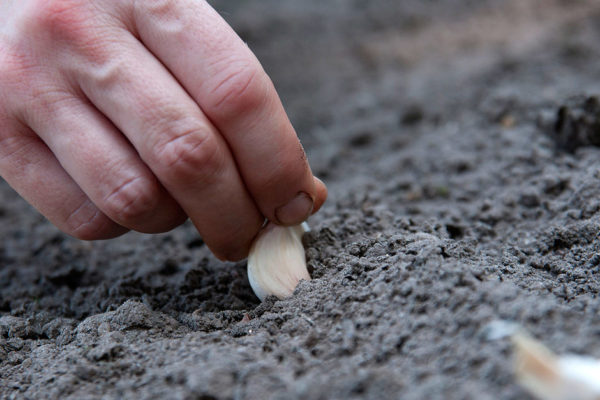 In the northern regions, winter garlic is planted, deepening the teeth to 12-15 cm. Planting time: mid-August. The second option: landing before the cold, landing depth - up to 5 cm.
In the northern regions, winter garlic is planted, deepening the teeth to 12-15 cm. Planting time: mid-August. The second option: landing before the cold, landing depth - up to 5 cm.
In the south, the usual dates are the beginning of November, in the middle lane - no later than the beginning of October. Varieties for winter sowing:
- Lyubasha
- Polessky souvenir;
- Alcor;
- Komsomol;
- Messidor;
- Hermann;
- Spas
Radish
For planting radishes, low temperatures are expected. The usual time for sowing in the middle lane is November, so that the seeds do not germinate prematurely.
Norm per 1 square. meter - 10 grams.
Varieties:
- Spartacus;
- Lighthouse;
- Persistent;
- Hussar;
- Greenhouse;
- Early crunch.
In the spring, the first crop is harvested in early May.
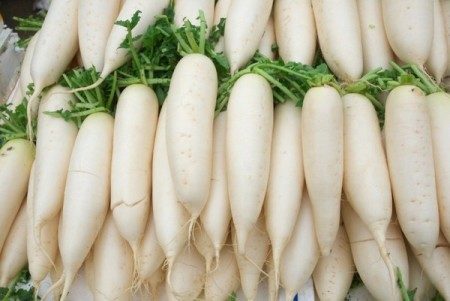 You may be interested in:
You may be interested in:Parsnip
Great for planting parsnips before winter. The culture is characterized by low germination, but with winter planting, indicators grow. Suitable for sowing varieties:
- Student;
- Round;
- The best of all.
Fennel
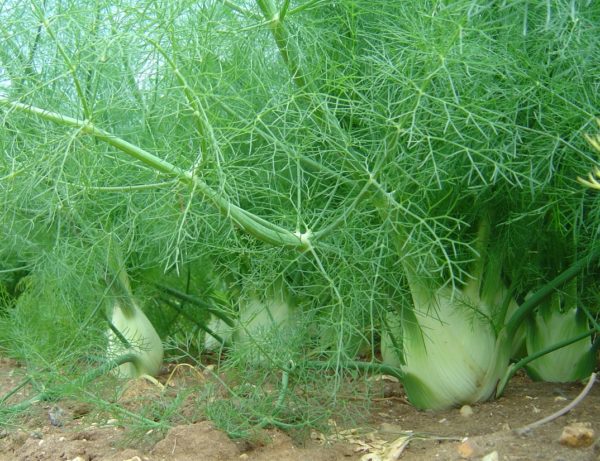 Since autumn, this crop is sown only in the south, in the middle lane and in the north there is a high risk of plant death.
Since autumn, this crop is sown only in the south, in the middle lane and in the north there is a high risk of plant death.
Seeds are planted in the ground to a depth of 2 cm.
Varieties:
- Fragrance
- Well done.
Sorrel
Any kind of culture is suitable for autumn plantings. In the early spring, greens appear, and already in April or early May they cut it for salads and soups.
Potatoes
Potatoes are not especially planted in the winter, but the option is to be. It is necessary to select high-quality tubers weighing 120-150 grams, plant them with light cooling. In the spring, it will be necessary to install arcs so that the return frosts do not destroy the seedlings.
Varieties:
- Margarita
- Lilea;
- Nevsky
- Jawar;
- Lapis lazuli.
Cabbage
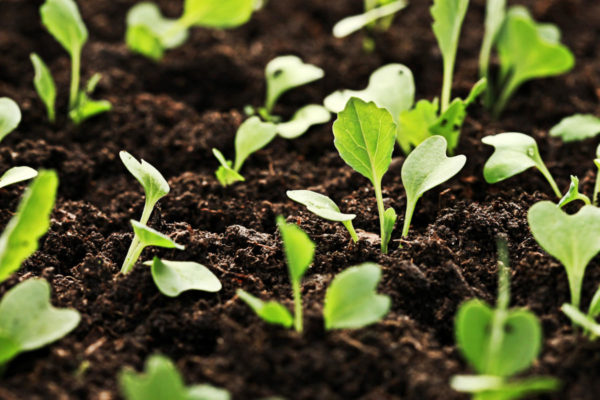 Winter sowing of cabbage is possible only in the south, but the method is not particularly popular. There are varieties that are resistant to spring cold, but there is always a risk of freezing during return cold.
Winter sowing of cabbage is possible only in the south, but the method is not particularly popular. There are varieties that are resistant to spring cold, but there is always a risk of freezing during return cold.
Of the varieties of white-headed beauty, Zarya, Sibiryachka, Dumas are suitable. Among the red-headed, the best are Gako 741, Red Early.
Successful winter plantings of broccoli Calabrese, cauliflower Garantia, Peking Khiva are obtained. 5. Early varieties are not suitable, it is advisable to choose mid-season or late varieties for cabbage planting in winter.
How to sow vegetables before winter
To get early vegetable products, you need to know the simple rules of planting crops in the winter.
Seat selection
Areas well-lit by the sun are suitable, without stagnation of water, without slopes. Good drainage and fertile soil are required.
It is advisable that the beds from cold winds protect the fence, fences, trees or outbuildings. In the sand, the height of the beds is up to 20 cm, on other types of soils 12-15 cm is enough.
It is necessary to choose places where snow does not accumulate. Otherwise, in the spring, upon the onset of heat, the snowdrifts will slowly melt, seedlings will be in the water.
The timing
The basic rule is that sown seeds should swell in the soil, but not germinate. To do this, they are sown when the soil temperature is not higher than 0 ° C. The signal that the earth is ready for winter crops is the appearance on the surface of a dense crust after the first frost.
The traditionally suitable time is the period from late October to mid November. But the timing is adjusted based on the climate of the region, the weather of the current year, weather forecasts.
Preparation of beds
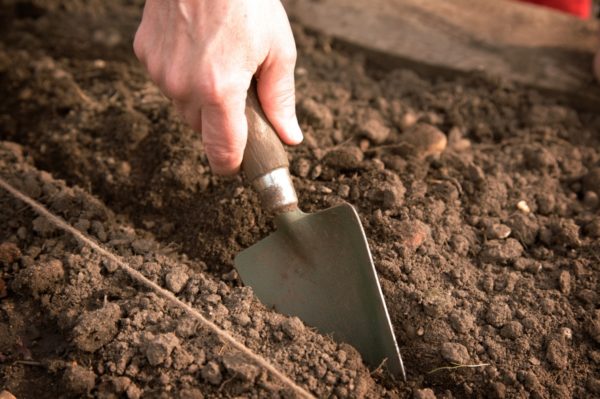 The area under cultivation in autumn depends on the number of crops that are going to be sown. The ridges are prepared in advance, approximately 2-3 weeks before the proposed work.
The area under cultivation in autumn depends on the number of crops that are going to be sown. The ridges are prepared in advance, approximately 2-3 weeks before the proposed work.
Between the ridges always leave tracks for passage, the edges are strengthened with boards or slate. All plant residues are thoroughly cleaned, ridges are dug up, loosened, and the necessary components are added.
On acidic soils, dolomite flour is added in advance (approximately 120-150 grams per 1 square meter), the site is dug. On heavy soils make peat, compost.
They bring humus into the soil (0.5 buckets each), wood ash (one glass each). Norms are given per 1 square meter.
Complex compositions, ready-to-feed supplements are suitable:
- nitrophosk;
- Kemira
- Solution.
Sow crops in grooves, deepening the seeds stronger than when sown in spring. Dry soil is prepared in advance for backfilling. It is impossible to fill seeds with frozen ground.
Seed preparation
Only dry seeds are suitable for sowing, therefore large specimens are chosen. No disinfection in solutions is allowed, only dusting in dry ash.
For speed, many gardeners stick seeds on toilet paper tapes and then plant the crops directly in the grooves. This allows you to accurately measure the distance, preventing thickening of crops.
Sowing in the winter
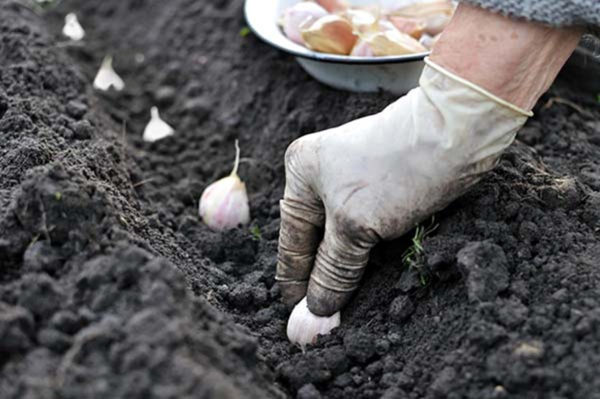 Work is carried out on a clear day, removing snow from the site in advance. Seeds are sown in grooves according to the schemes or cooked ribbons are laid. Then sprinkle with dry soil, snow (if snow has fallen). In the absence of snow, plantings are covered with spruce, peat, humus.
Work is carried out on a clear day, removing snow from the site in advance. Seeds are sown in grooves according to the schemes or cooked ribbons are laid. Then sprinkle with dry soil, snow (if snow has fallen). In the absence of snow, plantings are covered with spruce, peat, humus.
The layer will protect the plants from the cold, will not allow hard crust to form on the surface. Small seeds are conveniently sown with river sand.
Features of winter sowing
Sown seeds swell in the soil before frost, but do not have time to germinate. Under the snow cover, they will lie until spring, and then quickly and amicably rise. This is especially convenient for long and cold springs in most regions of Russia.
In spring, the soil with a lack of sunlight warms up for a long time, slowly dries out. This delays the timing of sowing. But if crops were sown in the fall, then the sprouts will appear early and no return cold to hardened plants is not terrible.
Sowing in the winter and in a dry spring is advantageous, since the reserves of winter moisture will be used for swelling. It is recommended in the spring to cover plantings with agrofibre, then the shoots will be even earlier.
It is advisable to pull the material over the arcs, and then, when stable heat comes, remove the shelter. To quickly thaw the snow cover, ash is scattered around the site.
It must be remembered that vegetables grown in this way are not suitable for storage. They are used for food in spring and summer, and for planting in cellars and cellars, crops are planted in spring.
Reviews
Irina, Saratov
Always sow carrots and parsley in the fall. They give good root crops, already in May I add early greens to all dishes. Carrots go to soup, to salads. In the spring I already want something fresh and such a garden is very handy.
Nikolay, Vologda
I have not tried growing vegetables by sowing in the winter before. But when parsley didn’t come up again in the spring, I decided to experiment. I bought seeds early, prepared a bed, and sowed in November. I received winter greens already at the end of April, however, the spring was early and warm. Now I’ll just plant it, this year I’m planning more dill and salad.
Conclusion
Winter sowing of vegetables allows you to get an excellent harvest in the early stages. This option significantly saves time in the spring, facilitates the hard work of summer residents.

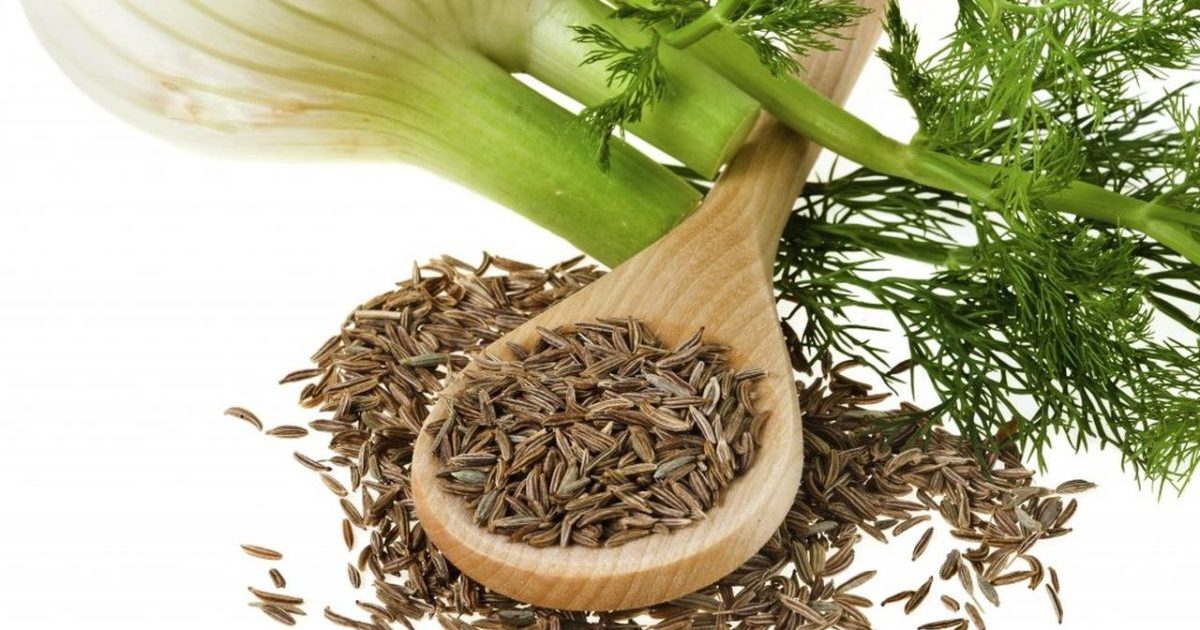 Fennel - beneficial properties and contraindications
Fennel - beneficial properties and contraindications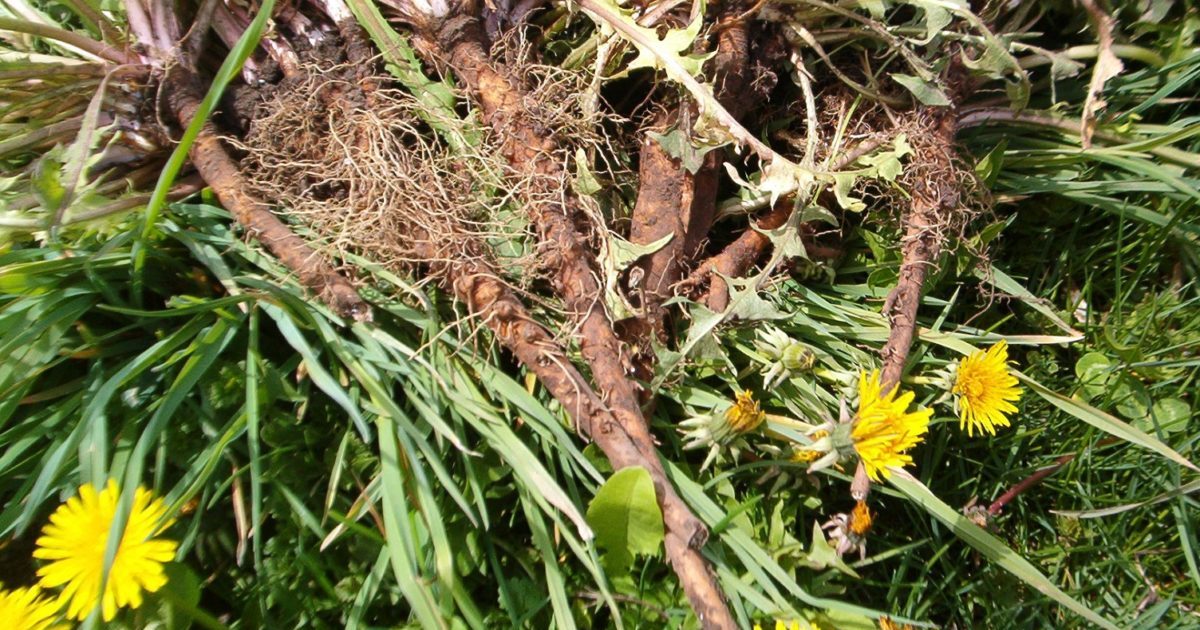 Dandelion Root - Health Benefits and Contraindications
Dandelion Root - Health Benefits and Contraindications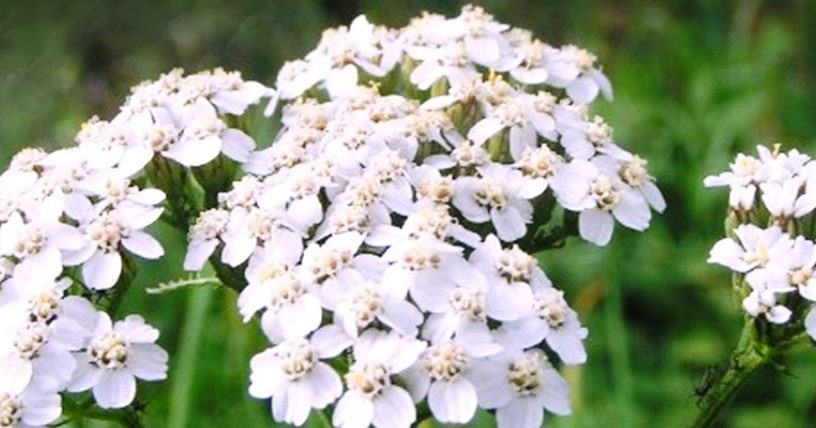 Yarrow - beneficial properties and contraindications for health
Yarrow - beneficial properties and contraindications for health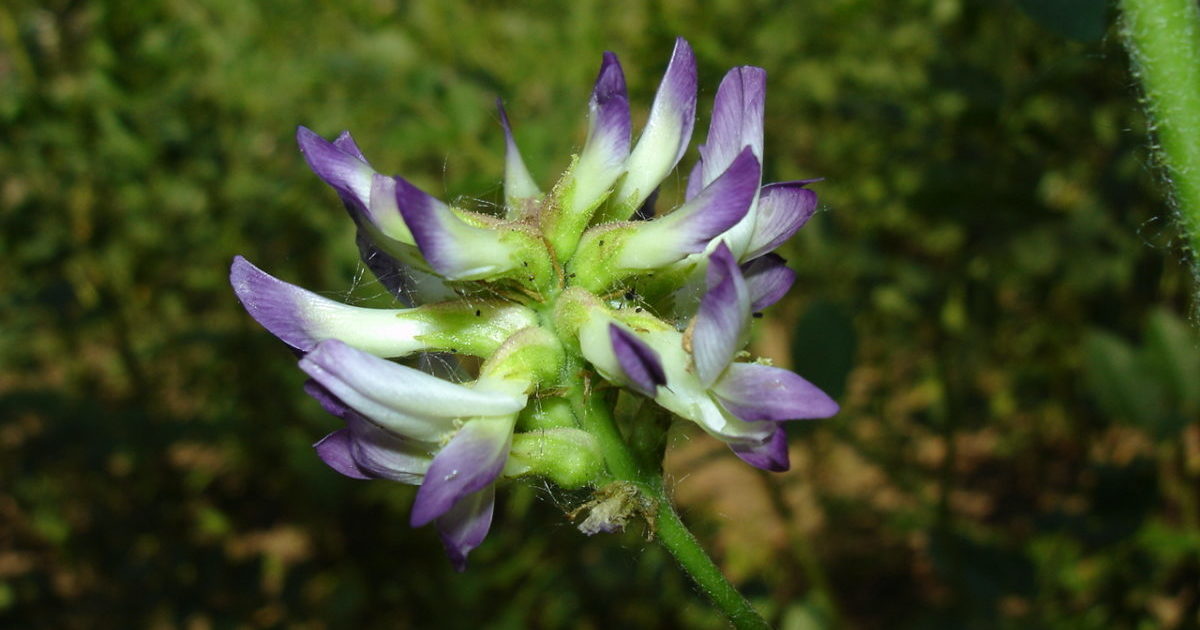 Licorice - beneficial properties and contraindications for health
Licorice - beneficial properties and contraindications for health